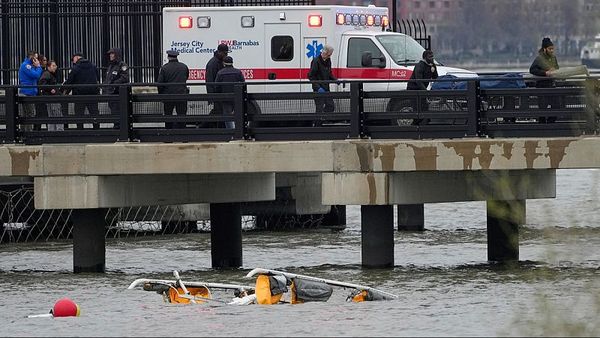An increase in extreme weather events as a result of climate change added £40m to West Lothian Council’s costs in the first 15 years of the new century, officials have said.
Harsh winters in 2009 and 2010 put huge pressures on roads clearing and maintenance and the council has also faced increasing bills for clear-ups in the wake of increased flooding and the development and implementation of flood control measures.
Council officers first calculated the costs - put down as direct and indirect in maintenance and repairs - in surveys set up in 2018.
READ MORE: West Lothian Elections 2022: How to cast your vote and why you shouldn't put an 'x'
Since then they have been looking at ways of meeting the challenges brought by increasingly frequent extreme weather events - which are expected to get worse in future years.
They believe that even small changes could lead to bigger savings for the council when it comes to facing bills for tackling severe weather.
Four years after council officers tallied up severe weather costs, the council’s executive has agreed a Climate Change Adaptation Action Plan to tackle what is expected to be increasingly frequent severe weather events.
A council spokesman said the new Adaptation Action Plan provides a set of common sense, resource efficient actions that will deliver long-term benefits for assets, services and communities.
It includes more than 70 actions, some in place the rest coming in over the next six years, to help minimise negative impacts.
These focus on implementing more sustainable urban drainage systems to prevent flooding, and making greater use of localised weather forecasts to allow targeted road management for snow, ice and storms.
One of the simpler acts to improve environmental sustainability, and cut down on weed control costs, will be to use woodchips from the council’s tree felling and other arboricultural operations for weed control cover in cemeteries.
The report identified that the council spent approximately £40 million on maintenance and repair costs, as either a direct or indirect result of extreme weather events between 2000 and 2015.







